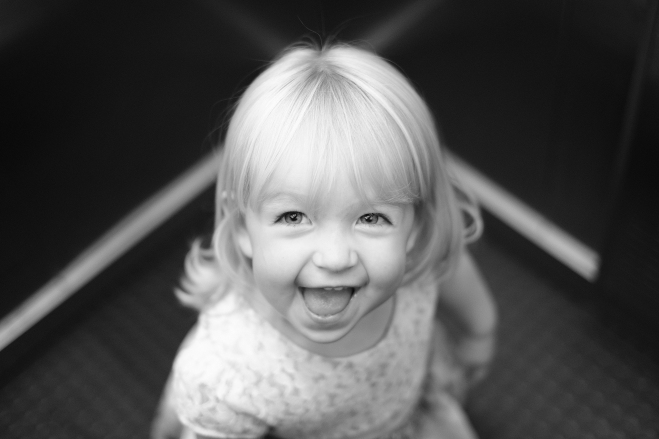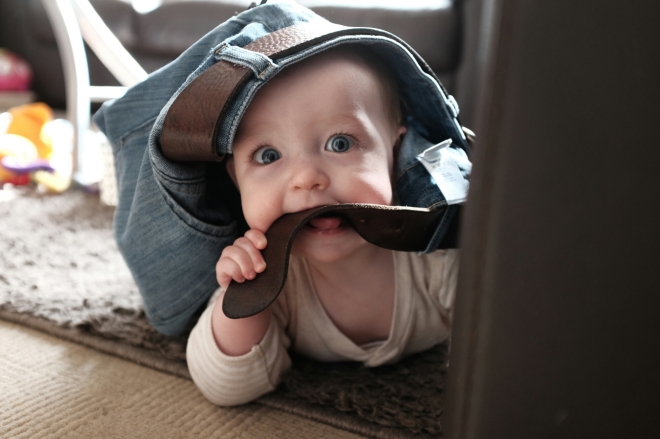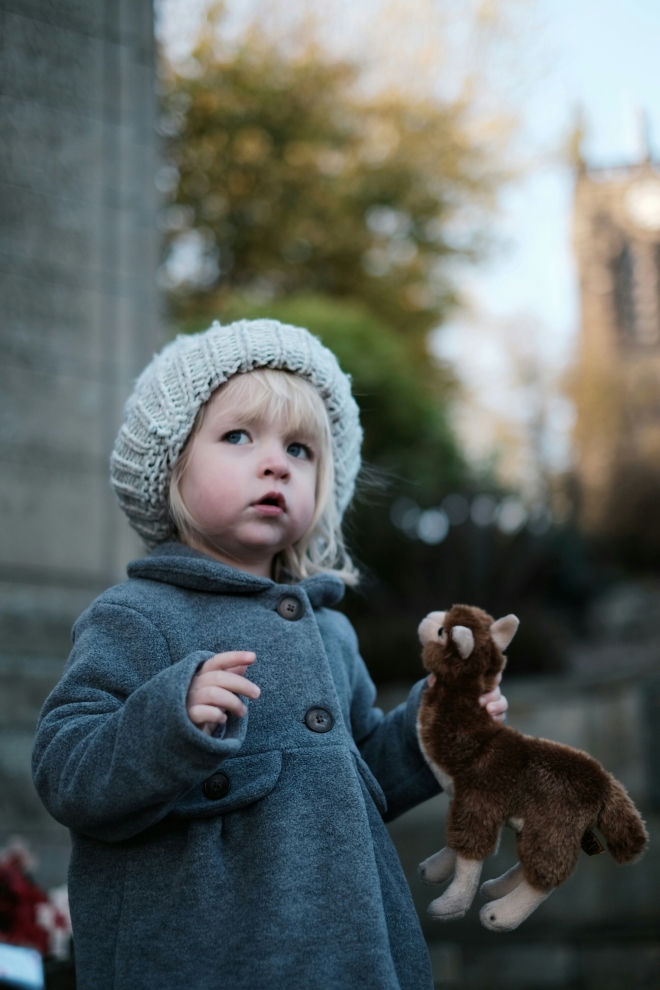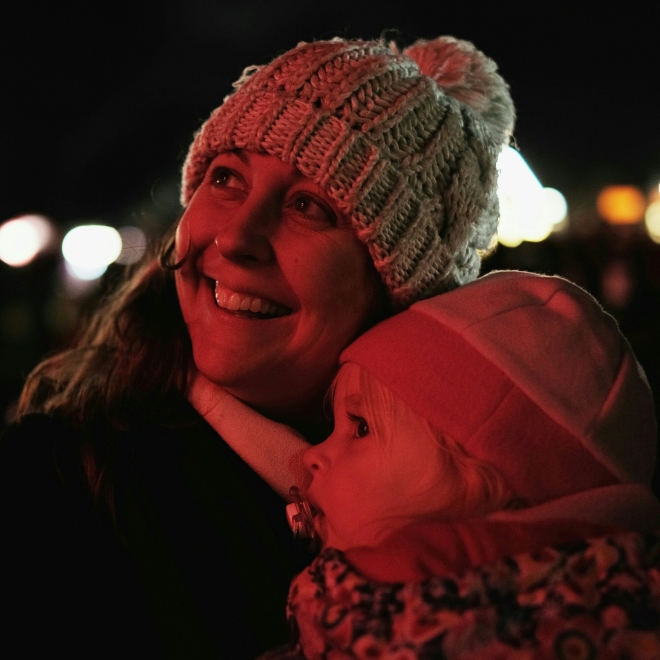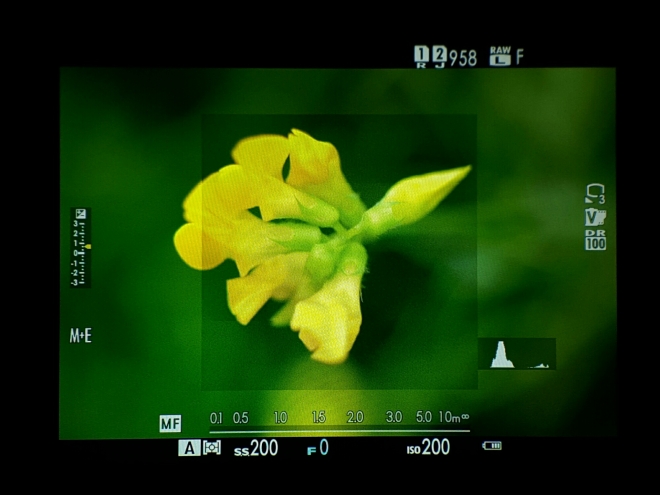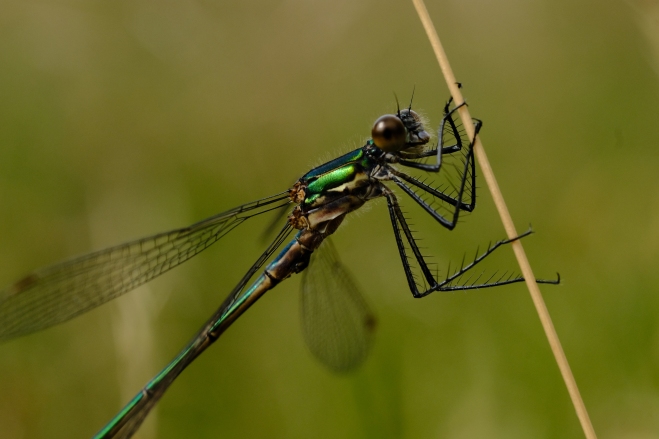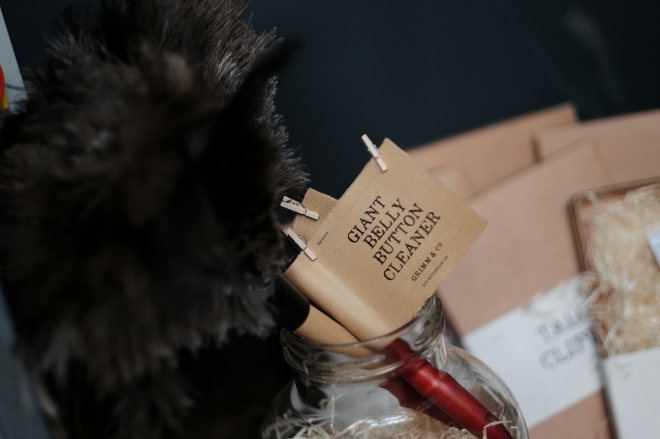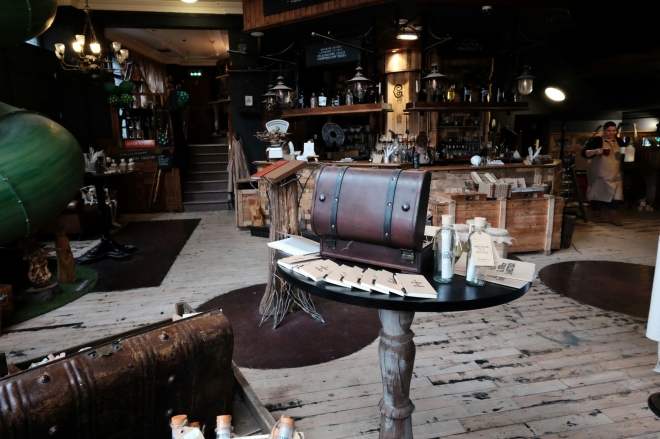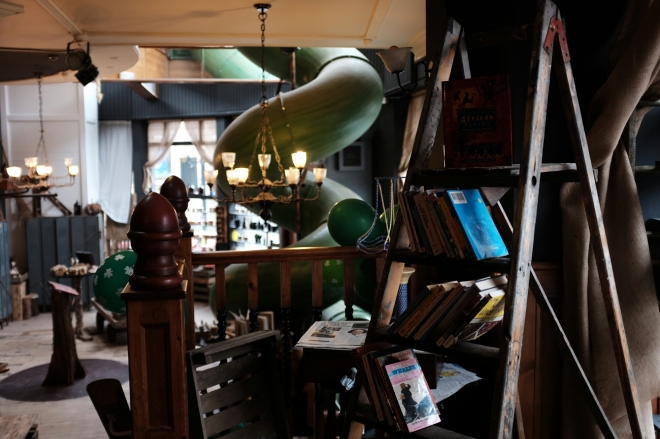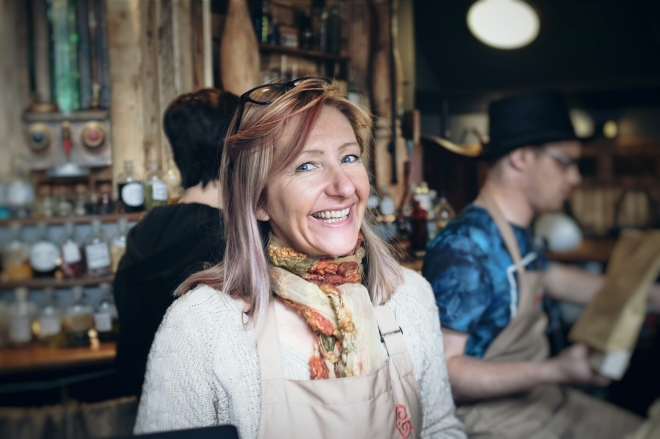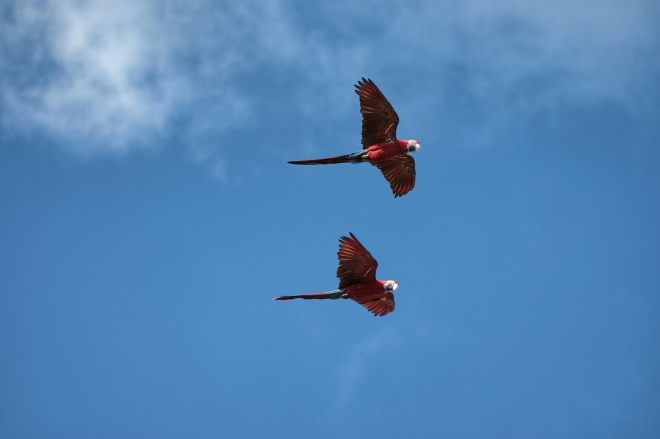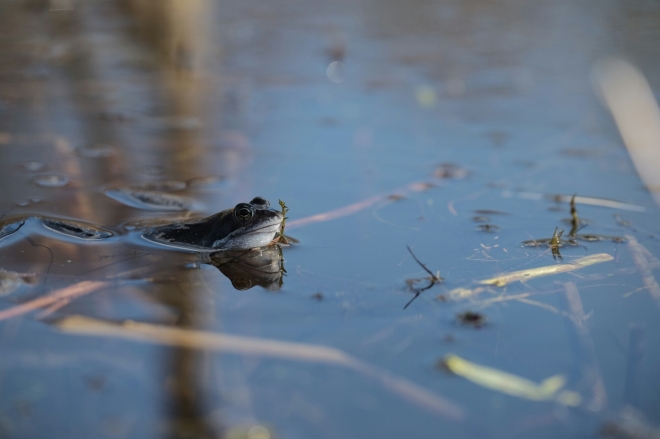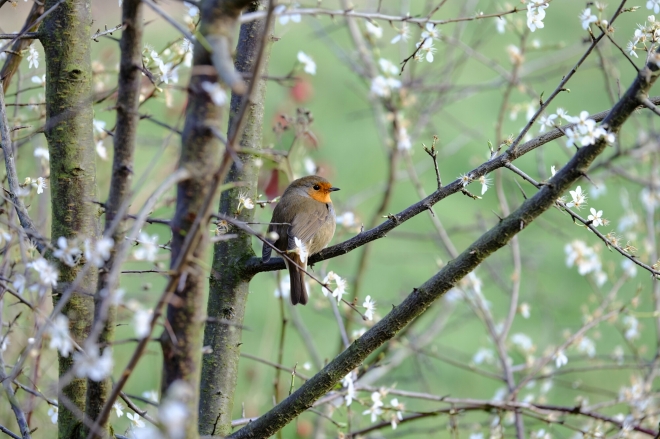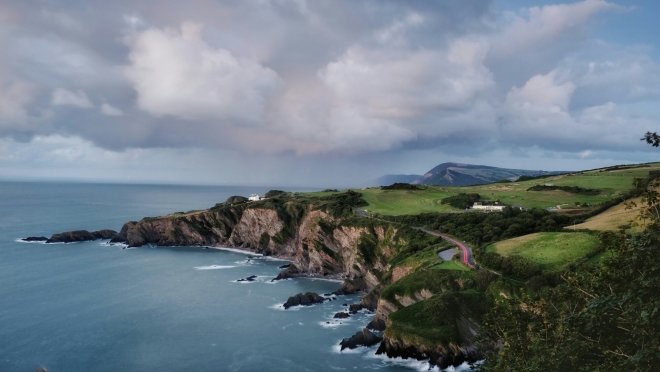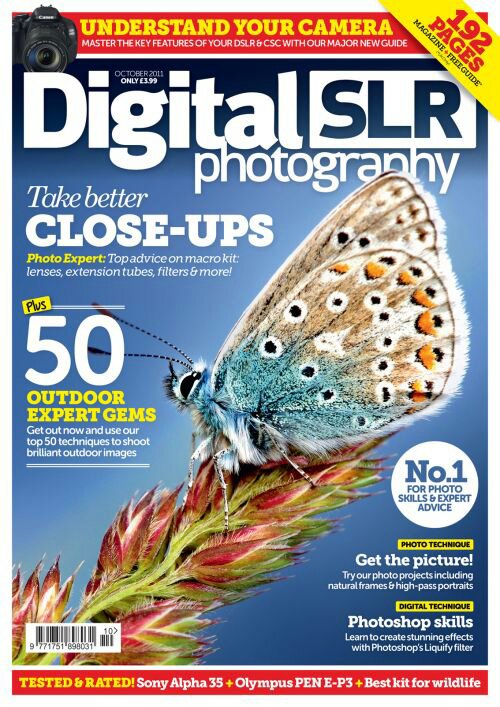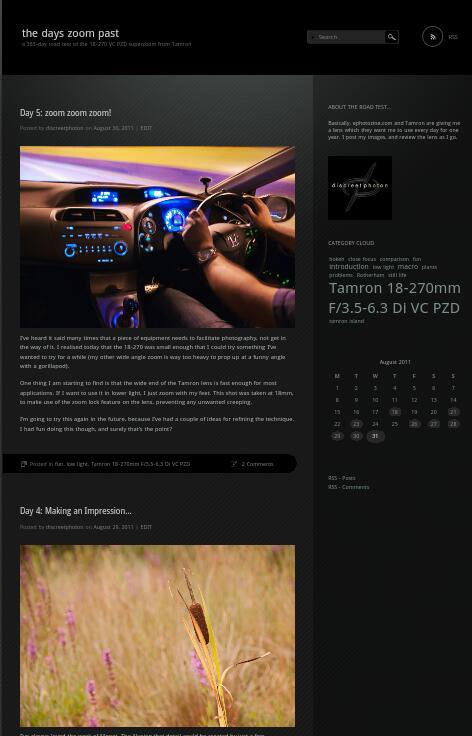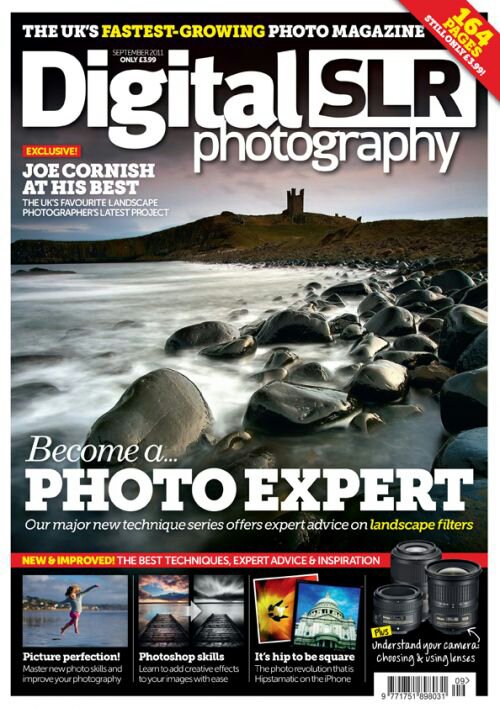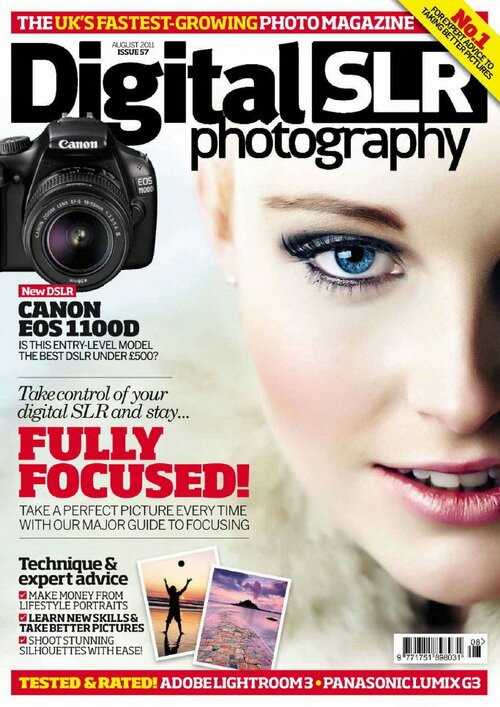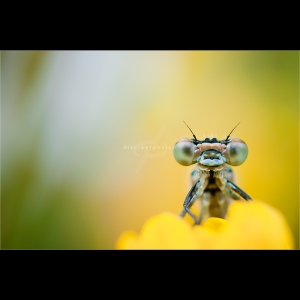For years, I actively avoided portrait photography. It certainly wasn’t the genre that attracted me to pick up the camera in the first place. When I joined the club circuit, I was put off even further by studio shoots. Invariably, you include yourself in a bunch of camera wielding lunatics all tripping over each other to get carbon-copy shots of the same models in the same lighting set-ups. I began to associate portraiture with a lack of spontaneity. The only way for me to avoid club-night xeroxing was to change the lighting set up, pack fast lenses, and mess around with low-powered flash that budget zoom users couldn’t work with*, resetting when I was done. But this requires time for planning and execution, which exacerbates the problem.
* You could use an ND filter, but that wouldn’t stop anyone else poaching your set-up. It’s a dirty trick, but it works.
Then I had a child.
Parenthood changes all sorts of things, and for me, it included what I photographed. My wife and I both have full-time, non-photographic jobs, and family in remote locations. We’re like ships that pass in the night, and one of us is always with our daughter, or at work. Many of you will be in a similar situation. I just don’t have two hours a night to go out and perfect my landscapes anymore, and it will be a few years before I can consider letting my daughter follow me along a riverbank photography session. So I found myself taking more portraits by default.
More than anything else, you’re so proud, and so focused on watching everything your progeny does, that you take more photos of another living person than you ever have in your life. Daily life is catalogued and archived, and you’ve never really studied the nuances of a face until you’ve had your first child.
Of course, I learned that I was completely wrong in my perception of portraiture. Whether it’s in the studio, on the street, or with your family, it’s natural, spontaneous reaction that will make your photography stand out from the rest; the freeze-frames of honest expression that bares a person’s soul. Technical savvy will provide polish, but not empathy.
 After a few thousand photographs have been taken, you will find a few stand-out favourites. They’re usually ones where there’s a particularly rare expression or activity, and often it’s required very fast reactions to capture the moment. So you keep shooting, and keep practising, until you can recognise the facial muscles preparing for something special. You try to surprise people. And that all makes you a better photographer.
After a few thousand photographs have been taken, you will find a few stand-out favourites. They’re usually ones where there’s a particularly rare expression or activity, and often it’s required very fast reactions to capture the moment. So you keep shooting, and keep practising, until you can recognise the facial muscles preparing for something special. You try to surprise people. And that all makes you a better photographer.
But when you start trying to surprise your child, you start throwing new experiences at them. That’s when the scales tip.
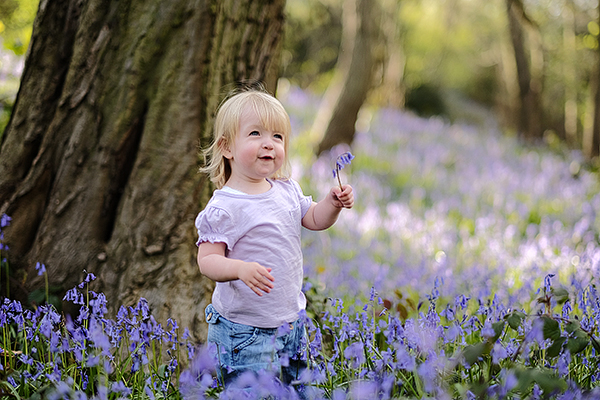 I’m with my daughter a lot, and I consider myself very lucky in that regard, because I get to see her keep changing and learning daily. Because of that, I’m constantly looking for new experiences to share with her, and new places to go. They don’t always cost money; sometimes you just have to visit a different part of your own neighbourhood. But one thing I can say is that she rarely has the opportunity to be bored. We don’t shy away from changing her routine for special events, and she’s developed confidence that belies her very young age. I’m also very keen on explaining to her what I see and why I take photos, which feeds her own curiosity with every outing.
I’m with my daughter a lot, and I consider myself very lucky in that regard, because I get to see her keep changing and learning daily. Because of that, I’m constantly looking for new experiences to share with her, and new places to go. They don’t always cost money; sometimes you just have to visit a different part of your own neighbourhood. But one thing I can say is that she rarely has the opportunity to be bored. We don’t shy away from changing her routine for special events, and she’s developed confidence that belies her very young age. I’m also very keen on explaining to her what I see and why I take photos, which feeds her own curiosity with every outing.
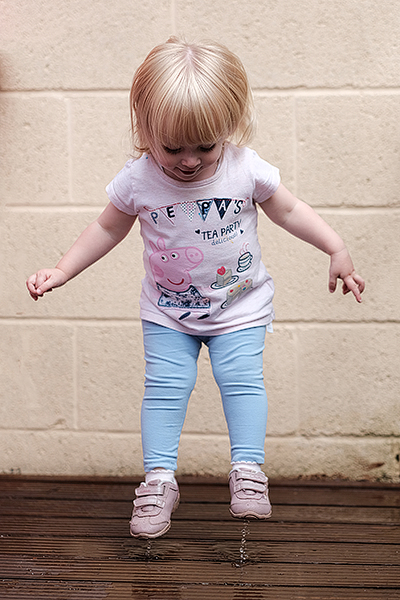 I don’t miss much anymore. My reactions have been honed, and I don’t shy away from photographing other people anymore. Partly this has been helped because my choice of camera system, the Fuji X-Series, has a discreet, retro look that others are comfortable with, and a flattering colour palette. This comes with other advantages: post-processing is almost a thing of the past. I can confidently shoot jpeg, neither needing (nor having) the time to work on files later. I can zap them straight to my wife’s phone with the built-in wifi, and that feature alone was enough to justify my wish to invest fully in changing systems. Happy wife, happy life.
I don’t miss much anymore. My reactions have been honed, and I don’t shy away from photographing other people anymore. Partly this has been helped because my choice of camera system, the Fuji X-Series, has a discreet, retro look that others are comfortable with, and a flattering colour palette. This comes with other advantages: post-processing is almost a thing of the past. I can confidently shoot jpeg, neither needing (nor having) the time to work on files later. I can zap them straight to my wife’s phone with the built-in wifi, and that feature alone was enough to justify my wish to invest fully in changing systems. Happy wife, happy life.
I downsized my gear so that I never had to miss an opportunity by leaving heavy kit at home. I always have at least two cameras on me, and I can still get stuck in and play on the floor, or track her running through a playground.
 Sometimes, the desire to catalogue all of these new experiences and expressions creates a drive to introduce surprises. Sometimes, you’re just looking for ways to stimulate your own brain, and accidentally provide an education along the way. Never should your child have to hear from a teacher “you shall not pass”.
Sometimes, the desire to catalogue all of these new experiences and expressions creates a drive to introduce surprises. Sometimes, you’re just looking for ways to stimulate your own brain, and accidentally provide an education along the way. Never should your child have to hear from a teacher “you shall not pass”.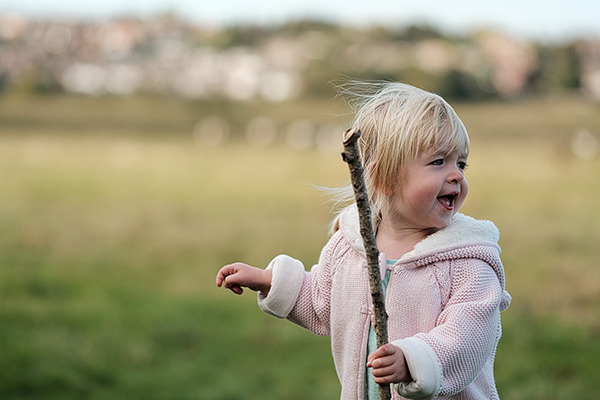 Sometimes, it’s simpler than that. You just enjoy seeing your child happy, and you try to photograph it wherever you see it. When my little girl grows up, she’ll have all of these reminders of what a happy, full childhood she had. In the meantime, I get to see the world through her eyes, and I shoot it all, so that my wife gets to see all the things she misses when it’s her turn to work. For all of these reasons, she tells me that my photography also makes me a better husband. I’m inclined to agree. She is always right. Just don’t tell her I said that.
Sometimes, it’s simpler than that. You just enjoy seeing your child happy, and you try to photograph it wherever you see it. When my little girl grows up, she’ll have all of these reminders of what a happy, full childhood she had. In the meantime, I get to see the world through her eyes, and I shoot it all, so that my wife gets to see all the things she misses when it’s her turn to work. For all of these reasons, she tells me that my photography also makes me a better husband. I’m inclined to agree. She is always right. Just don’t tell her I said that.
